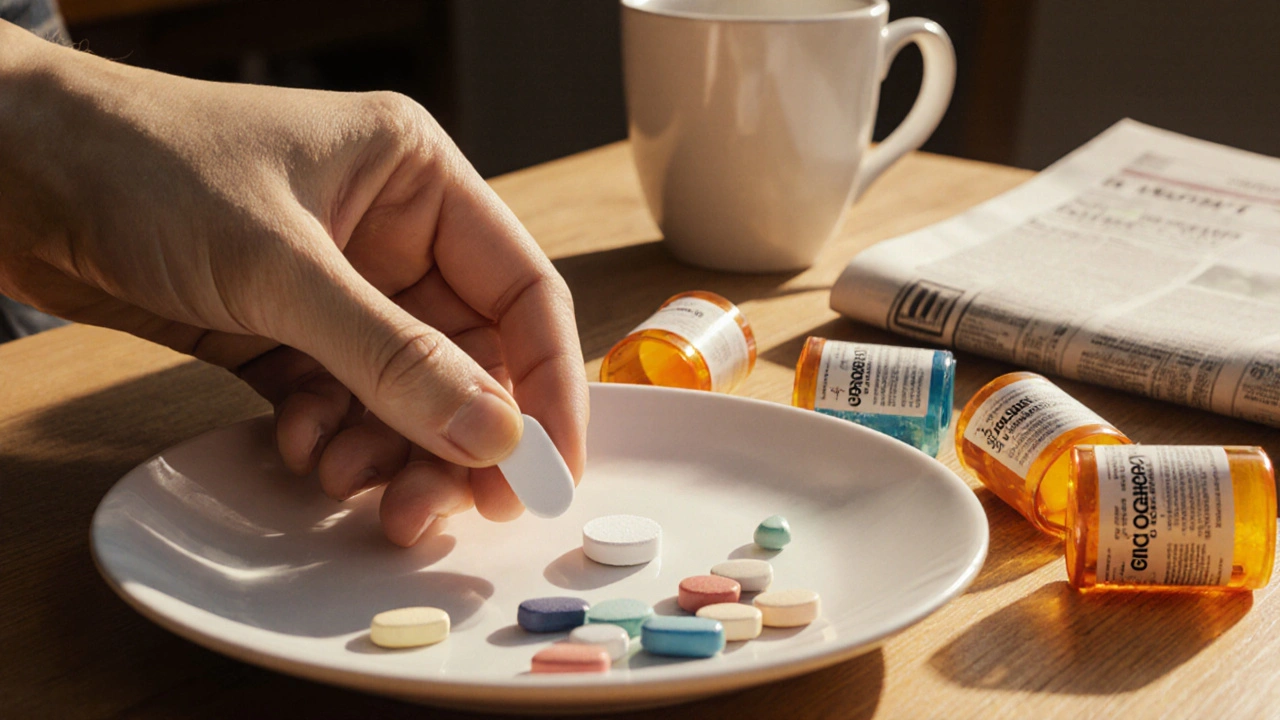Diabetes Medication Alternatives
When talking about Diabetes Medication Alternatives, non‑insulin treatments and lifestyle‑based options that help control blood sugar. Also known as non‑insulin diabetes therapies, they let men manage glucose without relying solely on classic prescriptions. Diabetes medication alternatives have grown fast as people seek fewer side effects and more flexibility.
One of the first names that pops up is Metformin, the staple oral drug that reduces liver glucose output. While Metformin works for many, it can cause GI upset, vitamin B12 loss, and isn’t ideal for kidney issues. That’s why patients and doctors look at other oral agents, injectable peptides, and even plant‑based compounds.
Another big player is GLP-1 agonists, injectable drugs that mimic the gut hormone GLP‑1 to boost insulin release and curb appetite. They often lead to weight loss, a bonus for men with type 2 diabetes, but they require weekly or daily injections and can cause nausea. Still, the glucose‑lowering power and cardiovascular benefits make them a top choice for many seeking stronger control.
SGLT2 inhibitors, medications that force the kidneys to dump excess sugar in urine represent a different strategy. By limiting glucose reabsorption, they lower blood sugar and can lower blood pressure too. Side effects include urinary tract infections and, rarely, dehydration, so proper hydration and monitoring are key.
What to consider when choosing an alternative
Choosing an alternative isn’t just about copying the most popular drug. It involves looking at efficacy, side‑effect profile, cost, and personal health goals. For example, men with heart disease may prioritize GLP‑1 agonists because of proven cardiovascular protection, while those with kidney concerns might lean toward SGLT2 inhibitors that also help preserve kidney function. Lifestyle factors matter, too—some prefer oral pills over injections, and others explore natural supplements like berberine, cinnamon extract, or alpha‑lipoic acid, which have modest glucose‑lowering effects but lack the robust data of prescription drugs.
Safety is a constant thread. Any alternative should be introduced under medical supervision, especially because blood sugar swings can be dangerous. Monitoring tools—home glucose meters, periodic A1C tests, and even continuous glucose monitors—help track how well an alternative works and whether dosage tweaks are needed.
The collection below covers the most common alternatives in depth. You'll find detailed breakdowns of how each works, typical dosing, side‑effect warnings, and practical tips for fitting them into a daily routine. Whether you're curious about switching from Metformin, want to know if a GLP‑1 agonist suits your lifestyle, or are exploring natural supplements, the articles ahead give you the info you need to make an informed decision.
A detailed comparison of Glucophage Trio (Glimepiride, Metformin, Voglibose) versus common diabetes alternatives, covering mechanisms, benefits, risks, costs, and practical tips.

